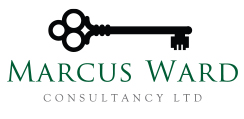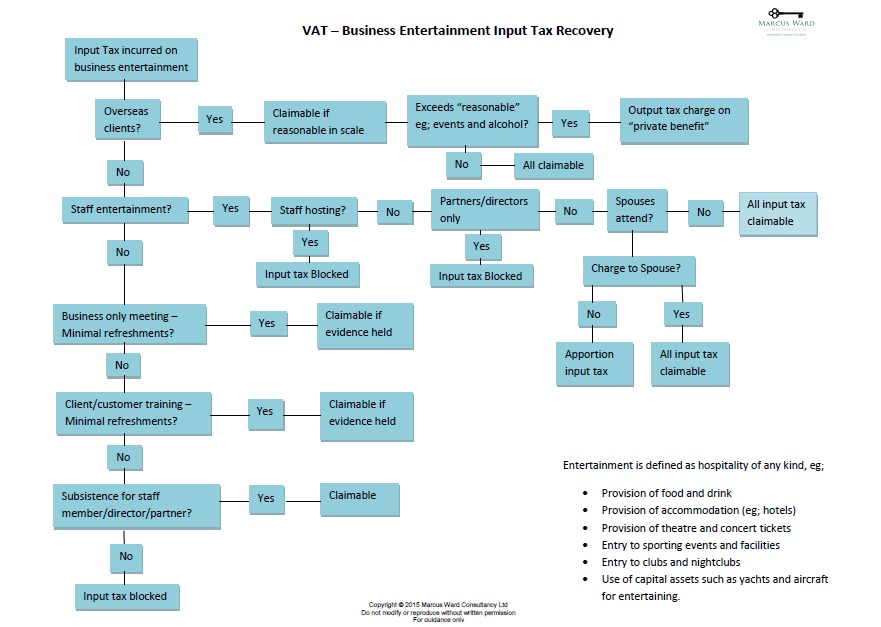Business activities
It is important not to confuse the term ‘trading’ as frequently used by a charity to describe its non-charitable commercial fund-raising activities (usually carried out by a trading subsidiary) with ‘business’ as used for VAT purposes. Although trading activities will invariably be business activities, ‘business’ for VAT purposes can have a much wider application and include some or all of the charity’s primary or charitable activities.
Registration and basic principles
Registration. Any business (including a charity or its trading subsidiary) that makes taxable supplies in excess of the VAT registration threshold must register for VAT. Taxable supplies are business transactions that are liable to VAT at the standard rate, reduced rate or zero rate.
If a charity’s income from taxable supplies is below the VAT registration threshold it can voluntarily register for VAT but a charity that makes no taxable supplies (either because it has no business activities or because its supplies or income are exempt from VAT) cannot register.
Charging VAT. Where a VAT-registered charity makes supplies of goods and services in the course of its business activities, the VAT liability of those supplies is, in general, determined in the normal way as for any other business. Even if VAT-registered, a charity should not charge VAT on any non-business supplies or income.
Reclaiming VAT. The first stage in determining the amount of VAT which a VAT-registered charity can reclaim is to eliminate all the VAT incurred that relates to its non-business activities. It cannot reclaim any VAT it is charged on purchases that directly relate to non-business activities. It will also not be able to reclaim a proportion of the VAT on its general expenses (eg telephone and electricity) that relate to those non-business activities.
Once this has been done, the remaining VAT relating to the charity’s business activities is input tax.
- It can reclaim all the input tax it has been charged on purchases which directly relate to standard-rated, reduced-rated or zero-rated goods or services it supplies.
- It cannot reclaim any of the input tax it has been charged on purchases that relate directly to exempt supplies.
It also cannot claim a proportion of input tax on general expenses (after adjustment for non-business activities) that relates to exempt activities unless this amount, together with the input tax relating directly to exempt supplies, is below ade minimis limit.
Business and non-business activities
An organisation such as a charity that is run on a non-profit-making basis may still be regarded as carrying on a business activity for VAT purposes. This is unaffected by the fact that the activity is performed for the benefit of the community. It is therefore important for a charity to determine whether any particular transactions are ‘business’ or ‘non-business’ activities. This applies both when considering registration (if there is no business activity a charity cannot be registered and therefore cannot recover any input tax) and after registration. If registered, a charity must account for VAT on taxable supplies it makes by way of business. Income from any non-business activities is not subject to VAT and affects the amount of VAT reclaimable as input tax.
‘Business’ has a wide meaning for VAT purposes based upon Directive 2006/112/EC (which uses the term ‘economic activity’ rather than ‘business’), UK VAT legislation and decisions by the Courts and VAT Tribunals. An activity may still be business if the amount charged does no more than cover the cost to the charity of making the supply or where the charge made is less than cost. If the charity makes no charge at all the activity is unlikely to be considered business.
An area of particular difficulty for charities when considering whether their activities are in the course of business is receipt of grant funding.
Partial Exemption
The VAT a business incurs on running costs is called input tax. For most businesses this is reclaimed on VAT returns from HMRC if it relates to standard rated or zero rated sales that that business makes. However, a business which makes exempt sales may not be in a position to recover all of the input tax which it incurred. A business in this position is called partly exempt. Generally, any input tax which directly relates to exempt supplies is irrecoverable. In addition, an element of that business’ general overheads, e.g.; light, heat, telephone, computers, professional fees, etc are deemed to be in part attributable to exempt supplies and a calculation must be performed to establish the element which falls to be irrecoverable.
Input tax which falls within the overheads category must be apportioned according to a so called; partial exemption method. The “Standard Method” requires a comparison between the value of taxable and exempt supplies made by the business. The calculation is; the percentage of taxable supplies of all supplies multiplied by the input tax to be apportioned which gives the element of VAT input tax which may be recovered. Other partial exemption methods (so called Special Methods) are available by specific agreement with HMRC.
De Minimis
There is however relief available for a business in the form of de minimis limits. Broadly, if the total of the irrecoverable directly attributable (to exempt suppliers) and the element of overhead input tax which has been established using a partial exemption method falls to be de minimis, all of that input tax may be recovered in the normal way. The de minimis limit is currently £7,500 per annum of input tax and one half of all input tax for the year. As a result, after using the partial exemption method, should the input tax fall below £7,500 and 50% of all input tax for a year it is recoverable in full. This calculation is required every quarter (for businesses which render returns on a quarterly basis) with a review at the year end, called an annual adjustment carried out at the end of a business’ partial exemption year. The quarterly de minimis is consequently £1,875 of exempt input tax.
Should the de minimis limits be breached, all input tax relating to exempt supplies is irrecoverable.
One may see that this is a complex area for charities and not for profit entities to deal with. Certainly a review is almost always beneficial, as are discussions regarding partial exemption methods.
Please click here for more information on our Charity Services

